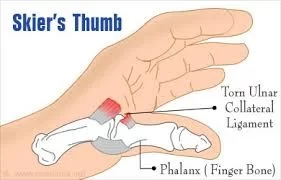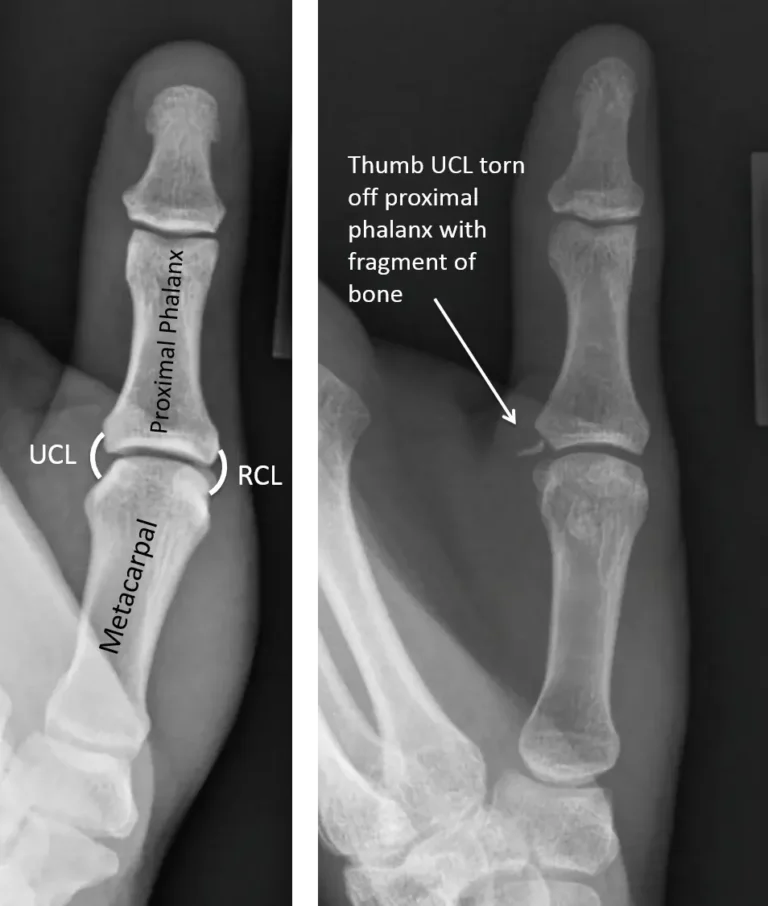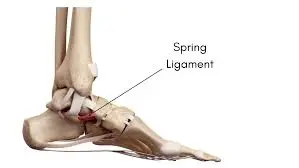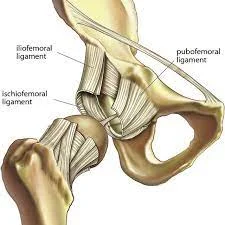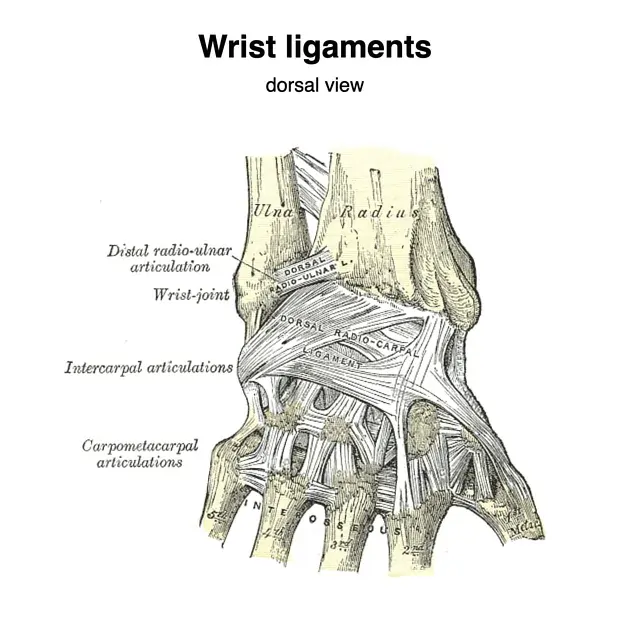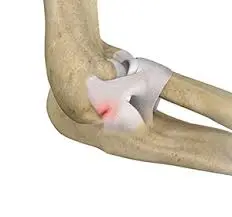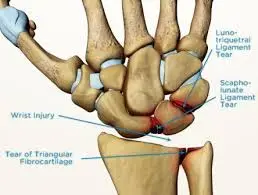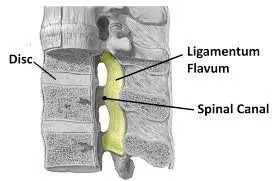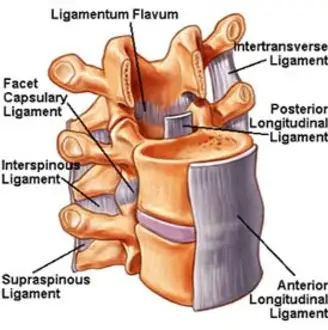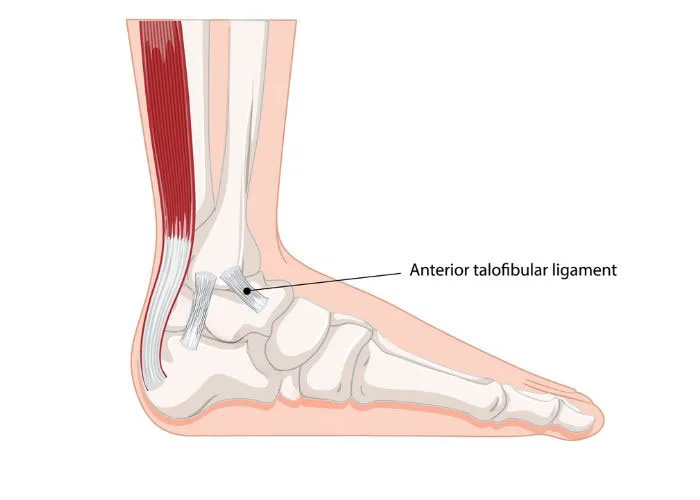Skier’s Thumb (Ulnar collateral ligament Injury)
Introduction: Skier’s Thumb, also known as an ulnar collateral ligament (UCL) injury of the thumb, is a common injury affecting the ligament on the inner side of the thumb’s metacarpophalangeal (MCP) joint. Usually, it occurs by a rapid, strong, outward bending of the thumb, like when you fall while carrying a basketball or a ski…

